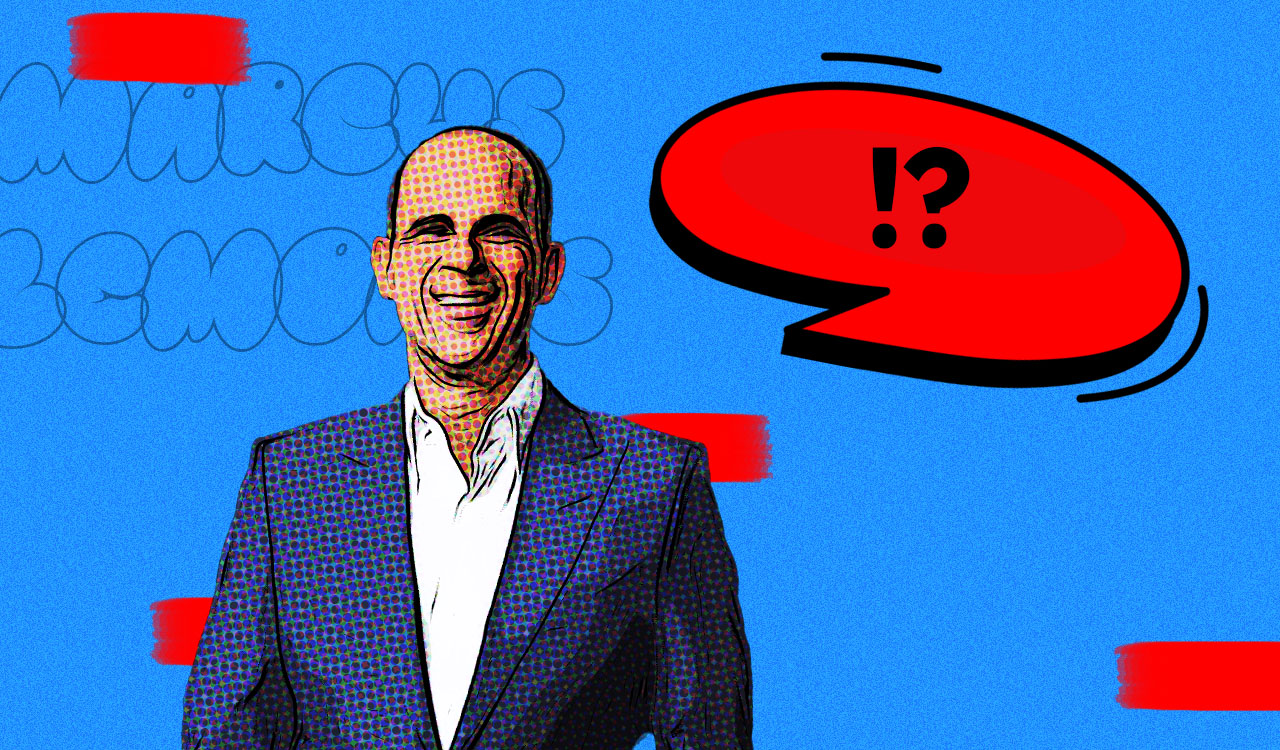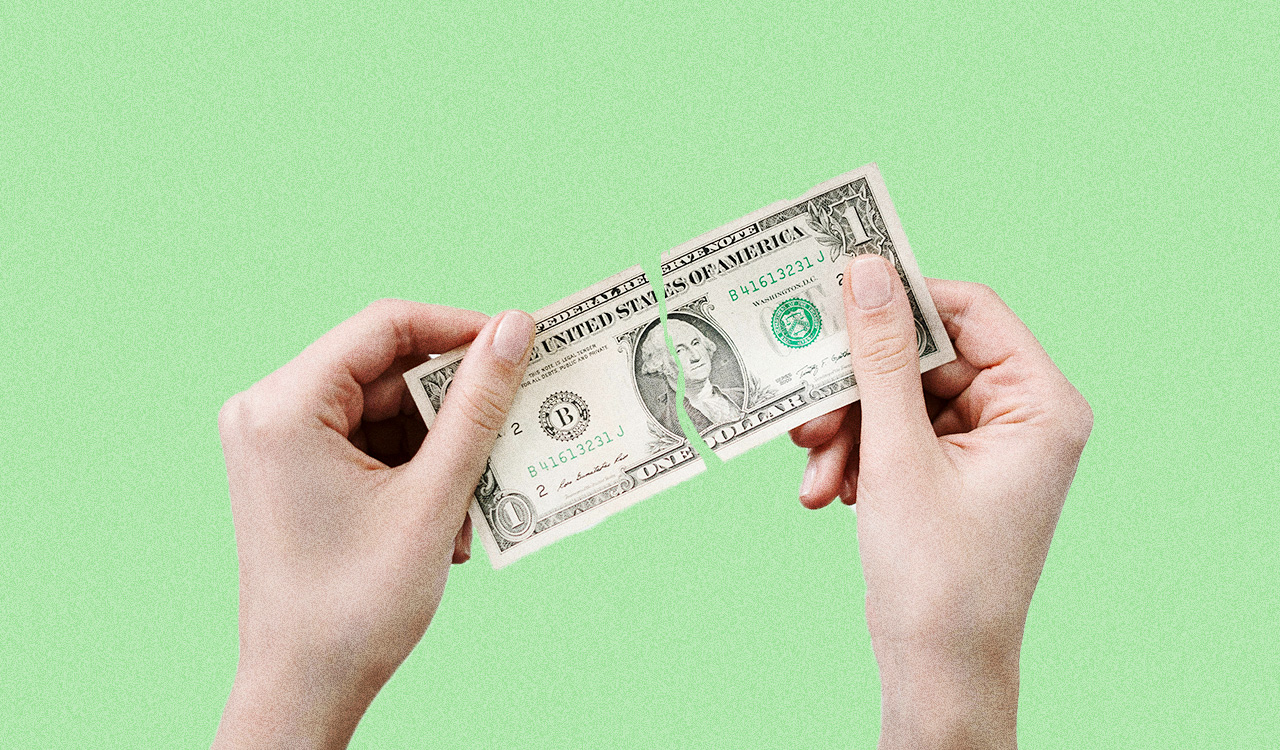Since the announcement in mid-February that renowned fashion designer Zac Posen was joining Gap as EVP +Creative Director Gap Inc. and Chief Creative Officer at Old Navy, people have been speculating on his ability to restore some luster to the brand portfolio. Will they be the miracle workers to turn around Gap’s decline?
Powerful partnerships have created legendary brands and corporations. In fashion we’ve had Tom Ford and Gucci’s Dominico De Sole; Yves Saint Laurent and Pierre Bergé; and Marco Bizzarri and Alessandro Michele at Gucci 2.0. Three of the two teams broke barriers and created fashion and marketing that was culturally relevant beyond the silhouettes they sold. Is it almost too much to hope that the Dickson-Posen partnership develops into such a prolific duo?
With topline growth stalled for basically 20+ years, and EBIT margin contracting more than 700 basis points from 12.1 percent to 5 percent of sales, the Gap family of brands (Gap, Athleta, Banana Republic and Old Navy) need heat, cachet, and fan appeal. What Gap Inc. really needs is leadership, internal cultural invigoration, a defining north star, and passion. Posen could restore Gap’s luster along with recently appointed CEO Richard Dickson, who revived Barbie while CEO at Mattel and has strong experience in fashion brand marketing when he led the Jones Group Branded business as CEO & President in 2010–2014. Maybe he and new CEO Richard Dickson can reverse Gap’s decline and fall.
The Gap We Remember
I grew up with Gap when it was a wardrobe staple of middle-class mall shoppers throughout the 80s. Founded in 1969 with an IPO in 1976, the shadow of the Gap we know today is what’s left of masterful brand leadership by Mickey Drexler who joined in 1983. By 1990, sales were just shy of $2 billion with a net income of $144.5 million, or 7.5 percent of sales. Gap was operating 1,092 Gap brand stores at fiscal year-end (the following January), sales per square foot were $438 and comp store sales increased 14.0 percent YoY and gross square footage was 4.76 million. In 1992, the supermodels of that generation wore Gap white Oxford shirts on the cover of Vogue’s 100th-anniversary edition.
Under the stewardship of merchant king Mickey Drexler, the 90s were years of rapid expansion at Gap with the launch of value-priced Old Navy, propelled by the casualization of the US workforce (khakis became acceptable workwear—think The Office). By 2000 sales had grown at 10 year compounded average annual (CAGR) clip of 21.6 percent to $13.7 billion with net income modestly trailing at a 19.7 percent 10-year CAGR to $1.445 billion for a 6.4 percent net margin. By 2000, store count was 3,676 across Gap (2,019 US and 529 international), Old Navy (666) and Banana Republic (389 US and 13 Canada). Sales per square foot were $482 with 31.37 million gross store square footage. That was then when Gap Mojo was powered by steroids!
The Gap It Became
The subsequent years haven’t been so kind to Gap Inc. Multiple acquisitions and divestitures couldn’t really budge the growth needle and despite incredible marketing through the years, topline sales stalled as exhibited in a 10-year CAGR of 0.7 percent through 2010 and a negative 0.6 percent CAGR through 2020. Gap was classic American style (simple, functional, optimistic) and by the 2000s, the market was flooded with competition at lower prices. Even its own Old Navy cannibalized Gap’s business, as did foreign invaders the likes of H&M (2000), Uniqlo (2005) and Zara (1989 and more niche competition at the higher end offered brands that resonated personally with wearers and better expressed their personalities.
Nothing lasts forever. Drexler left in 2002 after a string of negative quarterly comps and declining profits. But it was under Drexler’s helm that Gap achieved its highest market capitalization at $43.4 billion in 2000 (versus $10.6 billion value on March 21, 2024). Drexler loves growing apparel businesses not managing $16 billion companies, so he went on to spread his pixie dust at J.Crew (and Madewell). And so it began, Gap went through a string of CEOs that just couldn’t make Gap cool again.
Gap North America sales reached $7.1 billion in 2000, peaking in 2003 at $7.3 billion and was surpassed by Old Navy as the largest brand in the Gap Inc. portfolio in 2005 when Old Navy hit $6.9 billion (Gap was at $6.8 billion and today is a $3.3 billion global brand to Old Navy’s $8.2 billion worldwide presence).
CEO and founder of Urban Outfitter Dick Haynes told me dozens of years ago, “Big is the enemy of cool.” That Gap Inc has been able to hold leading shares of the U.S. apparel market for more than 20 years is no small feat. Yet, passion and must-have excitement have been replaced by safe choice, bland vanilla and almost always on-sale apparel. The effortless classic styling that Gap created has become ubiquitous. Maybe Gap is too big to be cool, but at 55 years old, Gap could have a revival. Great product and compelling marketing could increase full-price selling, which along with other operational tweaks, could support sales growth and margin expansion.
Leading with the Heart
As a pioneer, Gap took up social causes as a differentiator long before they were the table stakes they are today. Now people shop their values with brands that express their own environmental, ethical and social viewpoints. In 2006 Gap introduced Gap PRODUCT (RED)™—a limited collection of clothing and accessories for men and women designed to help eliminate AIDS in Africa supported by big-name celebrities—Bono, Oprah, and Penelope Cruz. In 2007, P.A.C.E. was launched by Gap Foundation partnering with vendors to teach life and work skills to women workers in the garment factories where Gap’s products were made. At Athleta, The Power of She went national with its first TV ad in 2016, while commitments to RED and P.A.C.E. continued.
In the early months of the pandemic, then-President Sonia Syngal said at its May 2020 shareholders meeting, “We have always been a company whose brands are a force for good. We tap into the zeitgeist to amplify human kindness, progress, renewal, boldly moving forward with societal shifts and regeneration that will allow us to define the next 50 years.”
Good intentions don’t always prevail. Inclusivity ultimately undermined Old Navy’s business, eroding Gap Inc.’s fortunes. Old Navy launched its BODEQUALITY campaign in mid-2021, with inclusive sizing spanning 0 to 30, all at the same price and available in 1200 stores. Applauded by the fashion community for its social advocacy. But in a case of not understanding its customers, few Old Navy shoppers wore size 22 or higher for the inventory commitment. The launch resulted in Nancy Green, president of Old Navy stepping down in May 2022 closely followed by Gap Inc’s CEO and President Sonia Syngal who resigned in July 2022. Chairman Bob Martin became interim CEO until Dickson was named CEO 13 months later.
Culture Matters
To be one of the largest apparel retailers without a leader for more than a year is a sure path to insecurity, fear-based decisions, corporate miasma and a loss of momentum, engagement, and teamwork. The fact that this happened in the aftermath of the pandemic amplified Gap’s corporate insecurity. Ex-Gap insiders told me that back-to-office decisions were onerous, lacked empathy and very “un-Gap-like,” as were the staff eliminations. For a company that prided itself on a family culture and excused underperformance and not meeting KPIs, a new Martin-led corporate model without any of the Gap-fuzziness the organization had become accustomed to was a rude wake-up call.
Dickson hasn’t played the let’s restore culture to Gap card, but his mere presence along with new hires in the C-Suite looks like he is ushering in a new stability and an eagerness for what’s next. Let’s face it, Gap Inc. needs a leader. Dickson understands brands.
On Gap’s last (March 9, 2024) investor call Dickson reminded investors of Gap’s four strategic priorities: maintaining and delivering financial and operational rigor; the reinvigoration of Gap brands; strengthening Gap’s platform; and energizing Gap’s culture.
Recent results beat expectations led by a return to growth at Old Navy and Gap in the U.S. He’s still in the early innings and it will take time for a newly assembled team to gel and have its presence cascade through the organization. Posen, with all his fashion acumen and social media savvy can’t shoulder the lift alone. It will take the entire Gap village, from the C-suite to the store floor. Incidentally, on recent store visits associates’ spirits are rising; they are enthusiastic about product, friendly, and helpful. Economically the Gap’s turnaround timing is tough. But on the fashion front, we are due for a change spurred by a hybrid work environment. Moreover, with athletic leaders Lululemon and Nike less than sanguine about the prospects of the next few quarters, consumers may have turned the corner and are moving on from stretch-and-sneakers to khakis, jeans, and loafers in quiet affordable luxury à la Gap.
A Dynamic Duo?
Powerful partnerships have created legendary brands and corporations. In fashion we’ve had Tom Ford and Gucci’s Dominico De Sole; Yves Saint Laurent and Pierre Bergé; and Marco Bizzarri and Alessandro Michele at Gucci 2.0. Three of the two teams broke barriers and created fashion and marketing that was culturally relevant beyond the silhouettes they sold. Is it almost too much to hope that the Dickson-Posen partnership develops into such a prolific duo? They are in a sandbox with some of the strongest promising U.S. brands. In this chapter, can any amount of brand storytelling save the day? Consumers are fickle; they also have short memories. We’ll see if they are forgiving enough about Gap to help the new team rise out of the ashes.




